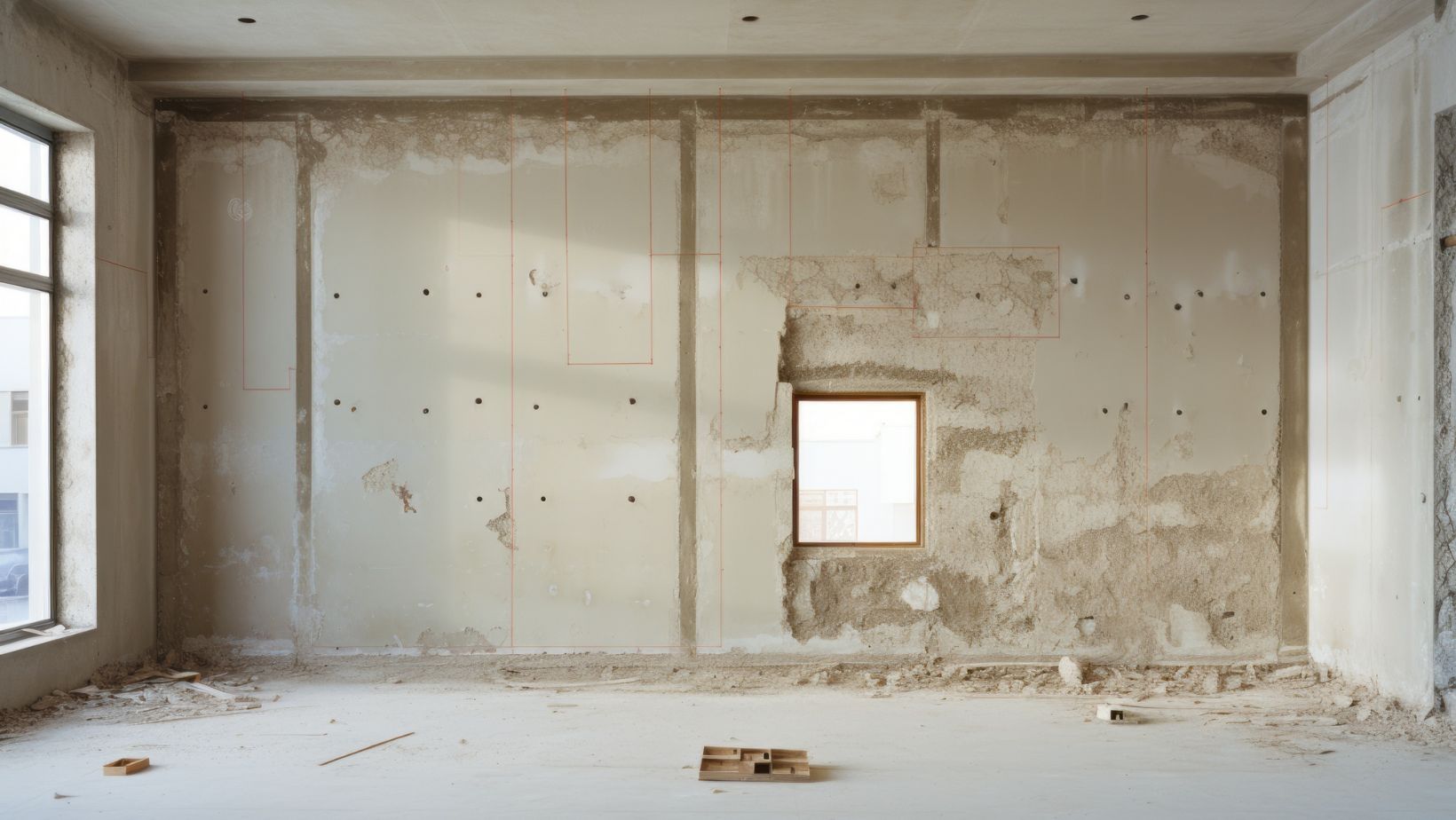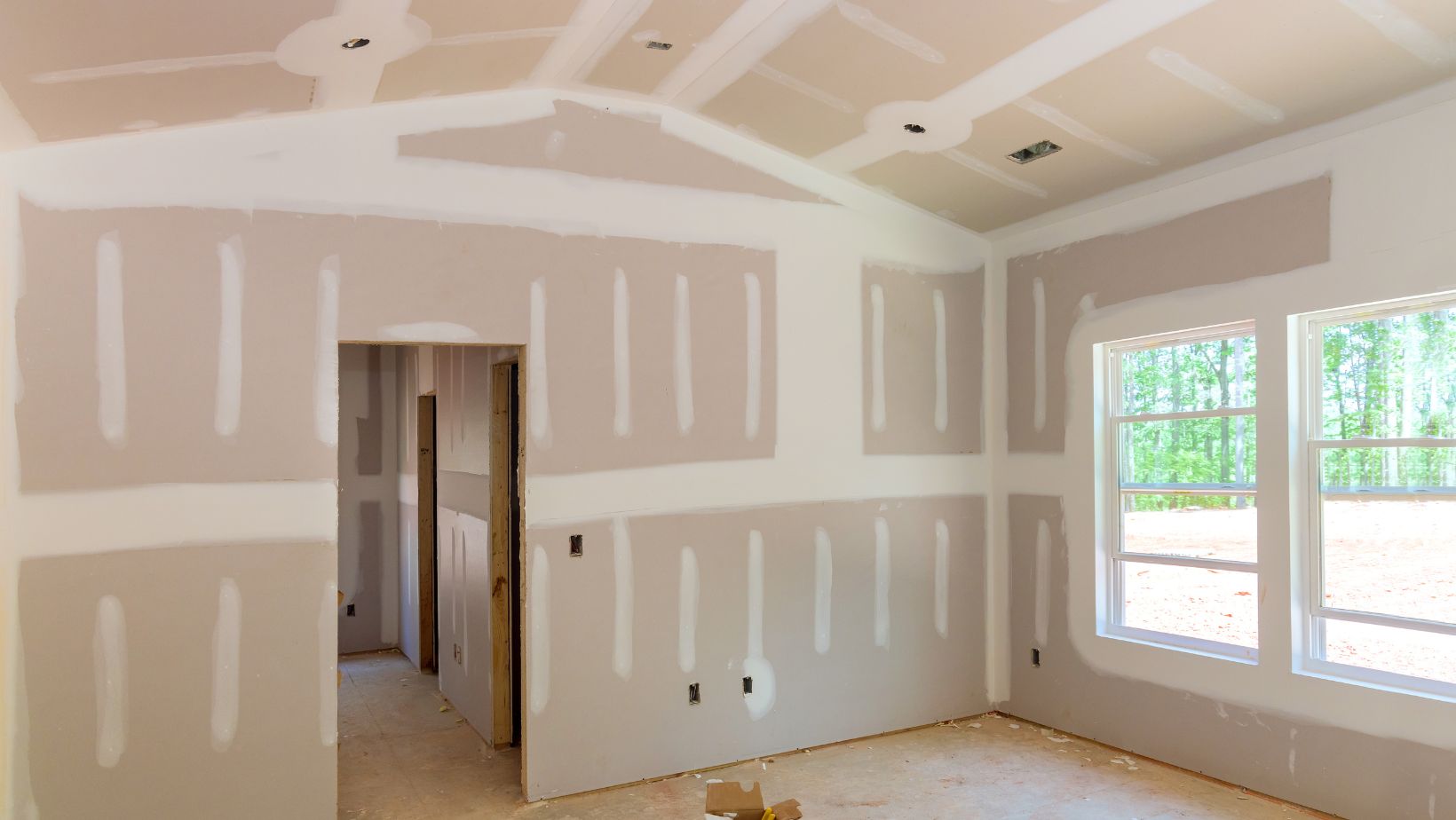Load-bearing walls are crucial structural elements in any home. They not only divide rooms but also provide vital support by transferring weight from the roof and upper floors down to the foundation. Remodeling rooms with these walls requires extra care and planning to maintain structural integrity.
Follow these tips when taking on projects involving load-bearing wall modifications:
Table of Contents
Toggle1. Hire Building Professionals
Before altering any load-bearing wall, consult architectural and engineering professionals to assess the structure. They can analyze framing, confirm which specific walls are load-bearing, and determine if desired changes are physically and structurally possible. You can visit this website, as they provide an expert assessment that will ensure your plans are viable and risk-free. Professionals also guide code-compliant designs for home remodeling projects. For ambitious projects that require altering or reinforcing a load-bearing wall, partnering with specialists is essential. Knock down rebuild experts possess the knowledge and experience to create innovative solutions while maintaining the structural integrity of your home.
2. Strategically Place Openings
Small openings like doors and windows can be added to load-bearing walls safely by distributing weight properly above them. Use adequately sized headers or lintels over openings to transfer loads to jack studs or trimmers on either side. Position new openings in the center of the wall’s length whenever possible to balance weight at both ends. Avoid too many openings in one area.
Now, if your goal is to create a more open and airier feel while retaining the necessary structural support, consider adding a well-placed doorway or a window to the load-bearing wall. A doorway can seamlessly connect two rooms, improving traffic flow and enhancing the sense of space. Meanwhile, a strategically placed window can flood the area with natural light, creating a brighter, more inviting atmosphere. Carefully consider the size and placement of these openings to maximize their impact on both functionality and aesthetics.
3. Consider Door Alternatives
To minimize major penetrations, consider alternatives like pocket doors that open inside the wall or bifold doors that accordion open. This limits the size of the needed opening compared to traditional hinged doors. A structural engineer can evaluate if the smaller door designs are feasible for the wall and required passageway.
4. Use Temporary Supports
For larger load-bearing wall modifications, erect temporary shoring beams or posts to carry the load while work is underway. Never remove major wall sections without adequate interim structural support in place. Temporary braces securely transfer weight and provide stability until permanent reinforcement can be installed.
5. Add Appropriate Headers
Headers or lintels over openings and removed sections transfer roof and floor weight to the vertical studs below. For load-bearing walls, these horizontal spans need to be beefier than typical headers. They may require multiple plies, thicker material, or steel. Anchor them securely into surrounding jack and king studs as designed.
6. Verify Connections
New framing, headers, and supports have to interlock and connect firmly with existing structural elements. Proper fasteners, hurricane ties, number of nails, and anchoring ensure the modification is stable. Adequate sizing alone does not guarantee the load path continues reliably through both new and old components.
Before cutting any openings in a load-bearing wall, it’s crucial to determine the location of any electrical wiring, plumbing pipes, or ductwork that might be running through the wall. You can do this by consulting the original blueprints of your home or using a stud finder with wire and pipe detection capabilities. If you’re unsure, it’s always best to consult with a licensed electrician or plumber. Identifying and relocating these connections beforehand will prevent unexpected disruptions during construction and ensure a safe and successful remodel.
7. Check For Indicators
Look for telltale signs like double top plates, extra-thick king studs, or alignment with walls/columns above that identify a wall as load-bearing before demolishing.

Carefully removing drywall can help spot these indicators. Finding them in advance prevents mistakenly compromising a hidden structural wall.
8. Redistribute Weight Smartly
Instead of over-modifying one major load-bearing wall, explore shifting weight to other interior walls or exterior elements. With careful design, loads can be re-channeled by reinforcing other structural members. Coordinate with additional renovations to balance and redistribute loading properly.
9. Use Heavy Duty Materials
All new structural framing materials must match or exceed the existing components’ strength and durability specifications. This often requires metal beam headers, multiple stacks of header lumber, thicker-than-typical jack studs, and sturdy proprietary hurricane ties. Never install anything less robust than the original building plans dictate.
10. Get Necessary Permits
Acquire relevant building permits when modifying any load-bearing components. The permitting process verifies plans and materials meet structural codes. It also requires inspections during critical steps to catch mistakes before they get concealed behind finishes. Permits add crucial oversight for safely executing structural work.
11. Hire Experienced Contractors
While DIY can save money, extensive load-bearing wall projects are best left to specialists like architects, engineers, and framers experienced in structural modifications. Dangerous and expensive mistakes can occur if attempted by amateur renovators. Paying pros is wise for large structural remodeling.
12. Create Detailed Plans
Work directly with structural designers to create detailed plans for all modifications and reinforcements to the load-bearing walls. Thorough drawings guide each step of construction and ensure adequate supports are installed for altered load paths. Meticulous plans minimize errors and keep the remodel code-compliant.
13. Allow Adequate Time
Rushing structural work risks dangerous mistakes. Schedule additional time for proper sequencing, inspections, material acquisition, and qualified crews when load-bearing walls are involved. Patiently executed steps ensure every intricate detail comes together for safe and compliant end results. Be sure to factor in extra time for planning, obtaining permits, and addressing any unforeseen challenges that may arise during the renovation process.
14. Prioritize Safety
Remodeling while preserving structural integrity requires diligent safety steps. Protect occupants from work zones, follow all shoring and bracing protocols, and ensure adequate ventilation and dust control. Take extra precautions, given the greater risks of working near essential load-bearing walls. A focus on safety must persist through completion.
Final Thoughts
Remodeling with load-bearing walls demands heightened awareness and precaution compared to basic finishing work.

Follow these tips when planning structural changes to maintain safety and integrity. With careful planning guided by experts and conscientious execution, you can adapt even load-bearing walls to achieve your ideal layout.






